Detecting and Preventing SQL Injection Attacks
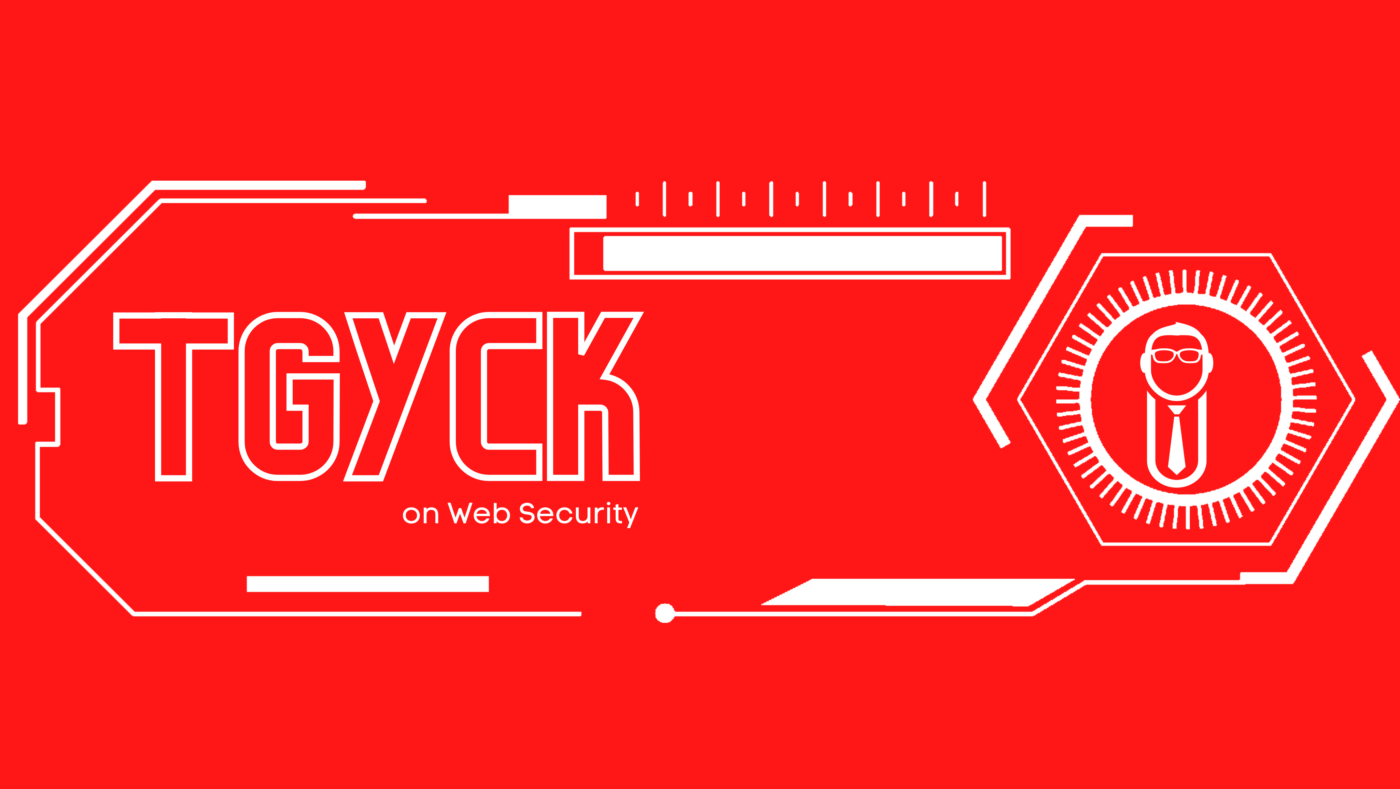
This blog post provides an overview of what an SQL injection attack is, how to detect it, and the steps you can take to prevent it. It offers best practices for database security and discusses the importance of staying up-to-date with the latest patches.
Introduction: Choosing the Right Web Hosting Plan for Your Business
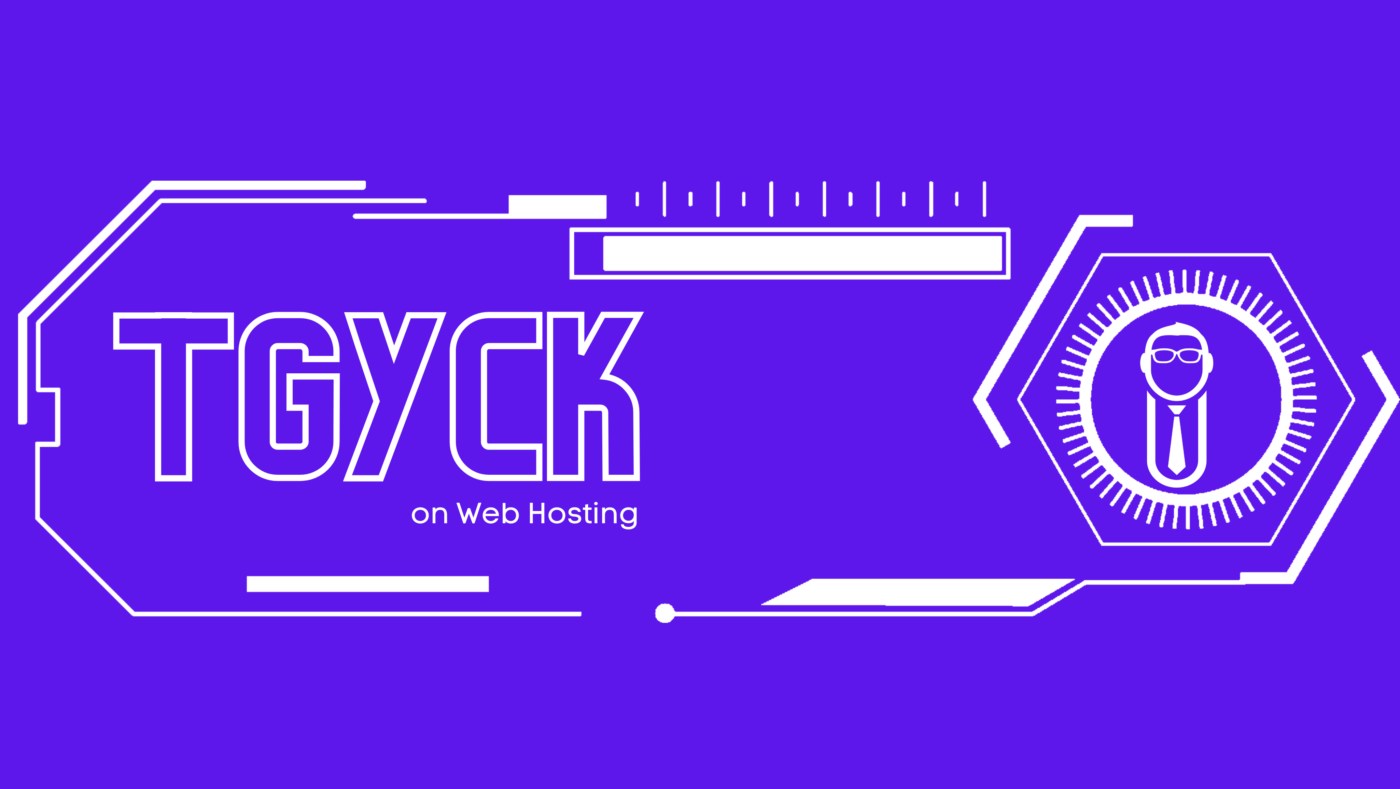
This blog post provides an introduction to selecting the right web hosting plan for your business. It outlines key factors to consider including website needs, types of hosting, uptime, reliability, technical support, and cost. The post also offers useful tips and insights to help you make an informed decision.
Introduction: Building Scalable Web Applications with Microservices Architecture
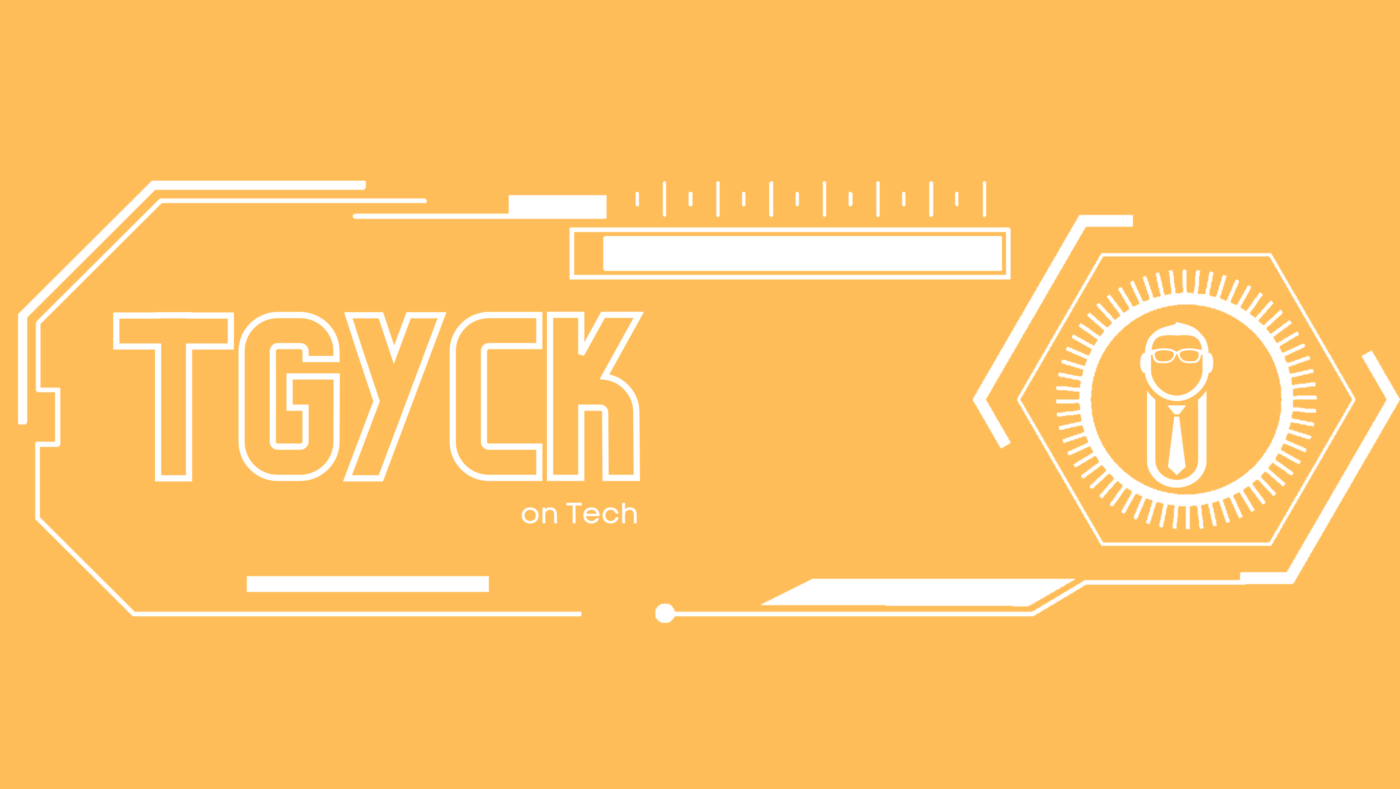
This blog post provides an overview of microservices architecture, its benefits, and how to implement it. It also explains the steps for implementing microservices architecture in a web application.
Understanding and Preventing Cross-Site Scripting (XSS) Attacks
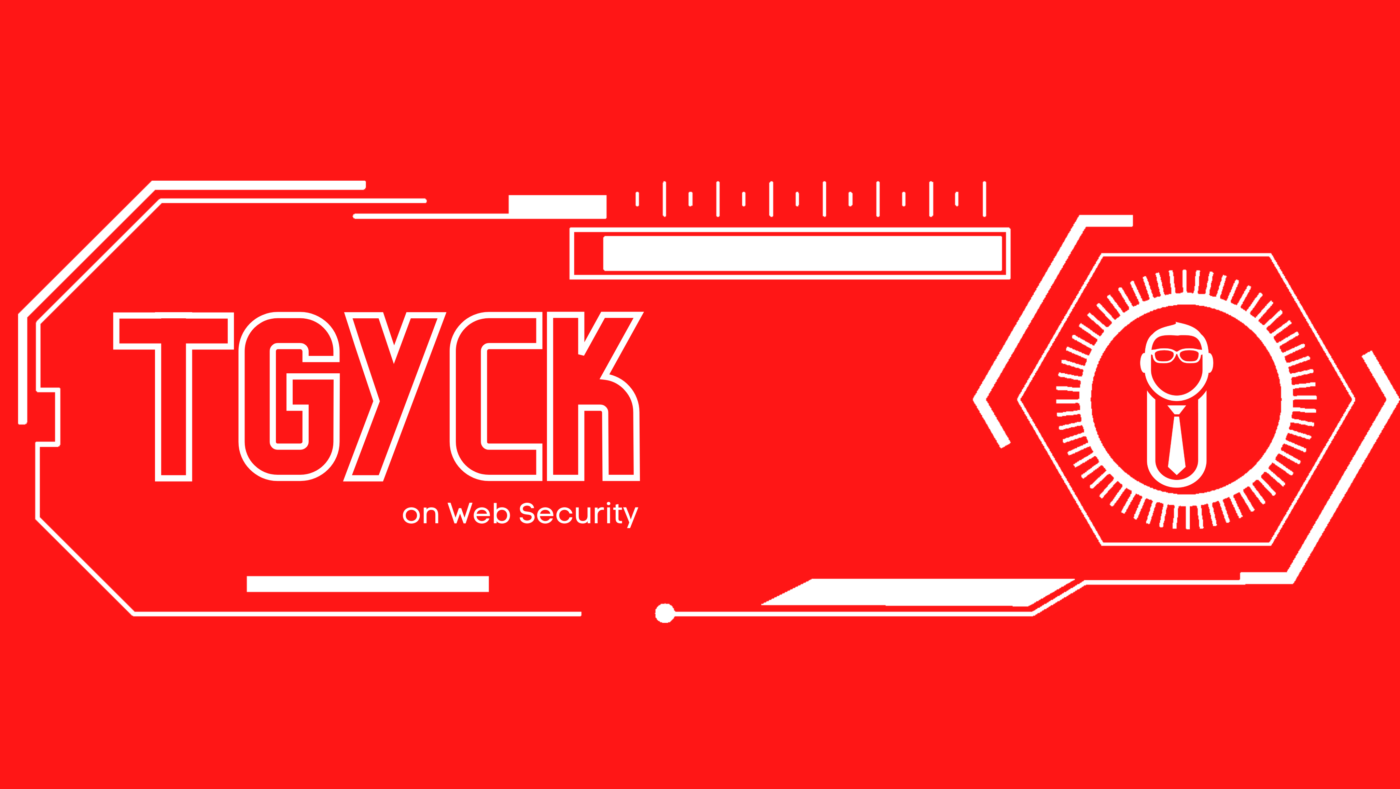
This blog post provides an overview of cross-site scripting (XSS) attacks and important steps to take to prevent them. It discusses what XSS attacks are, how they work, and measures that can be taken to protect web applications from malicious code injection. It is a useful resource for anyone looking to learn more about XSS attacks and how to protect against them.
Balancing Performance and Security with a Content Delivery Network
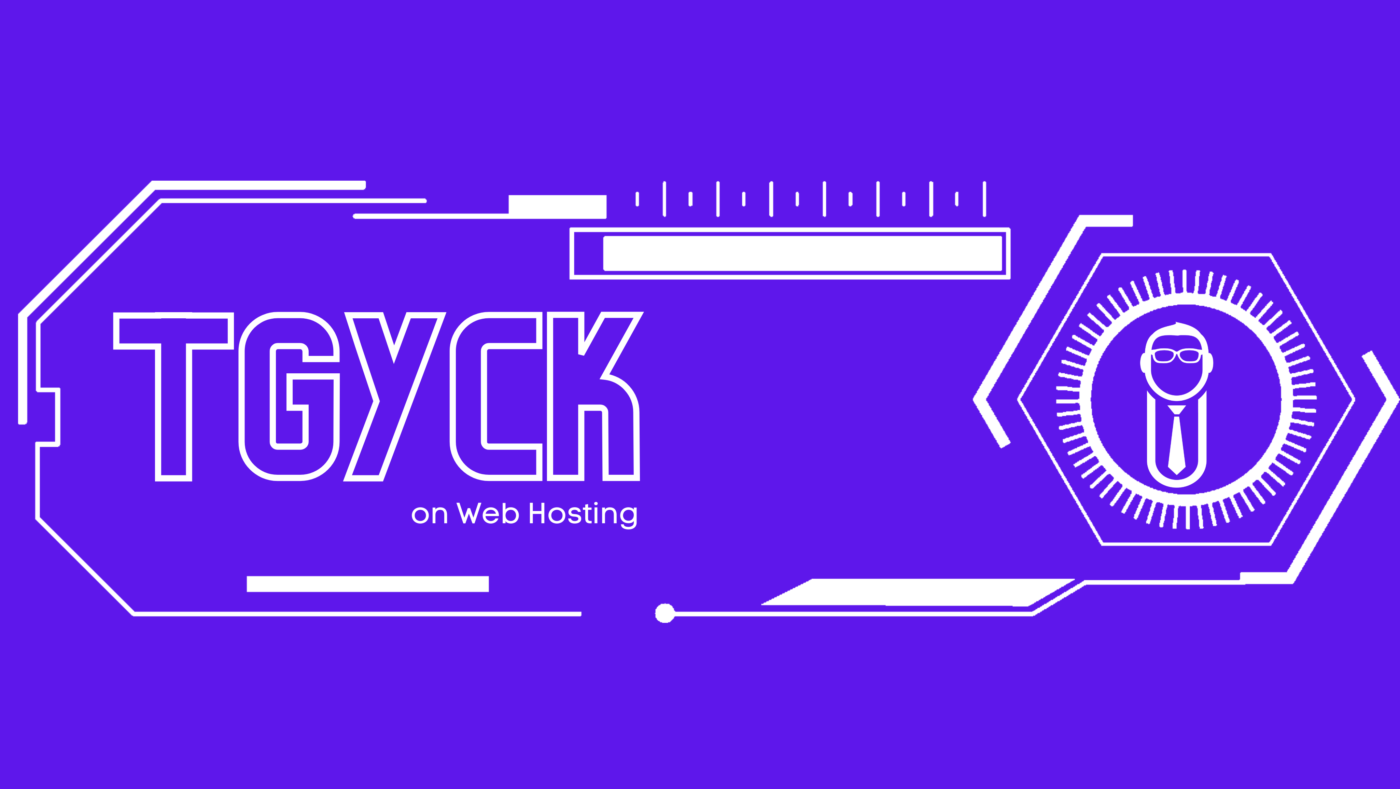
This blog post explores how a content delivery network (CDN) can help website owners balance performance and security. It explains what a CDN is and how it can improve performance and security, as well as the additional features many CDNs offer. It’s a great read for anyone who wants to learn more about CDNs and how they can benefit their website.
The Rise of Voice Search
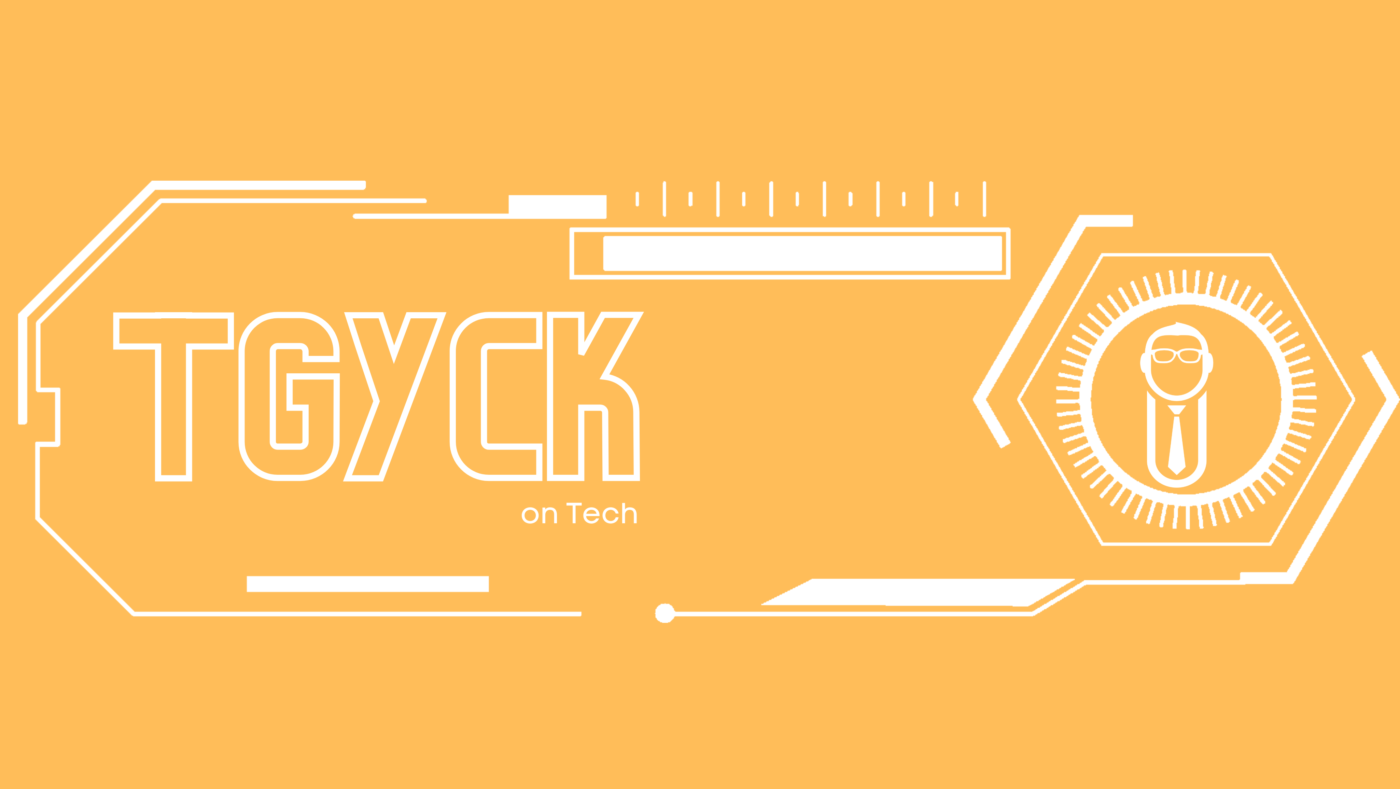
This blog post explores the rise of voice-activated technology and its impact on website SEO and user experience. It also discusses the importance of optimizing websites for voice search and provides tips for doing so.
Introduction: Understanding Docker Containers
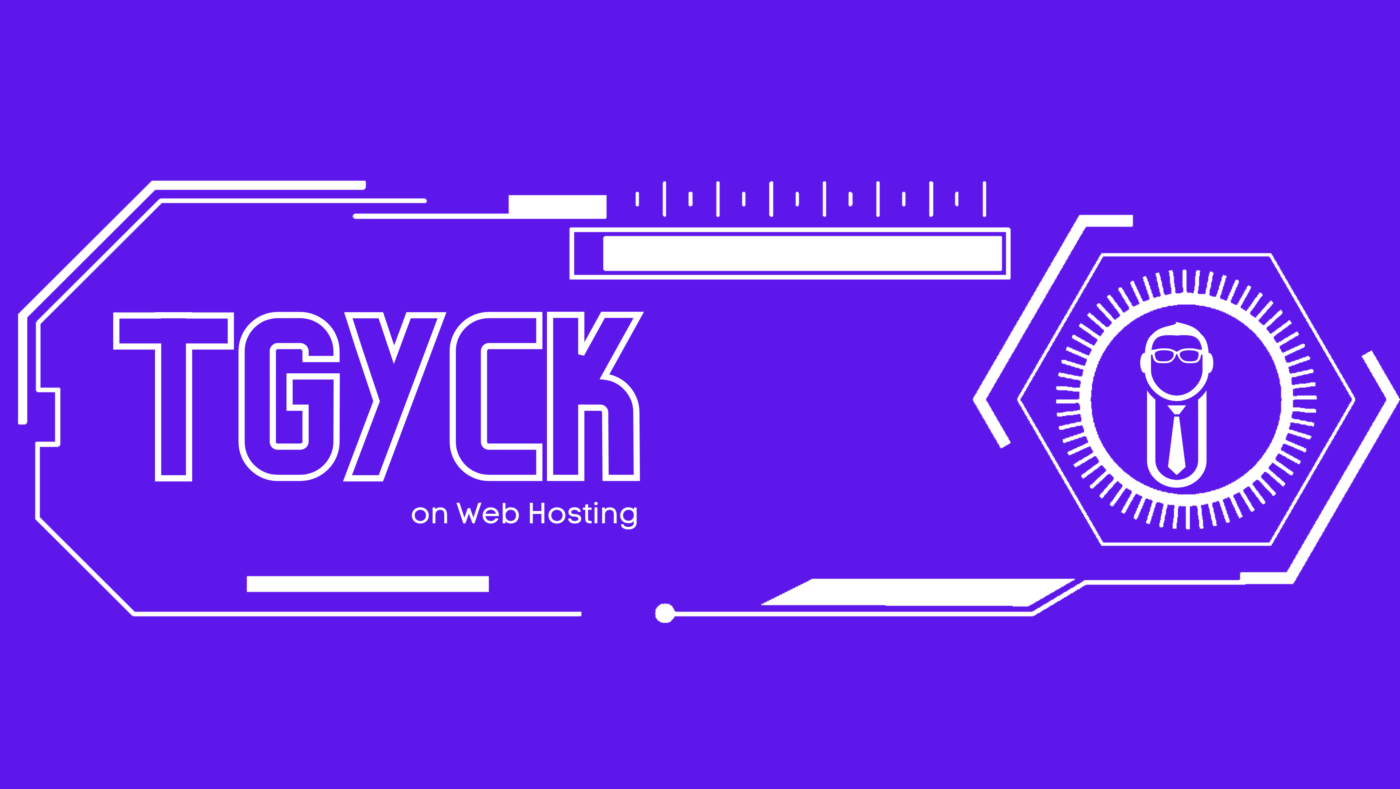
This blog post provides an overview of the benefits and use cases of Docker containers in web hosting. It explores the advantages of Docker containers and examines how they can be used to improve web hosting performance, reliability, and security.
Introduction: Setting Up and Optimizing a Web Application Firewall (WAF)
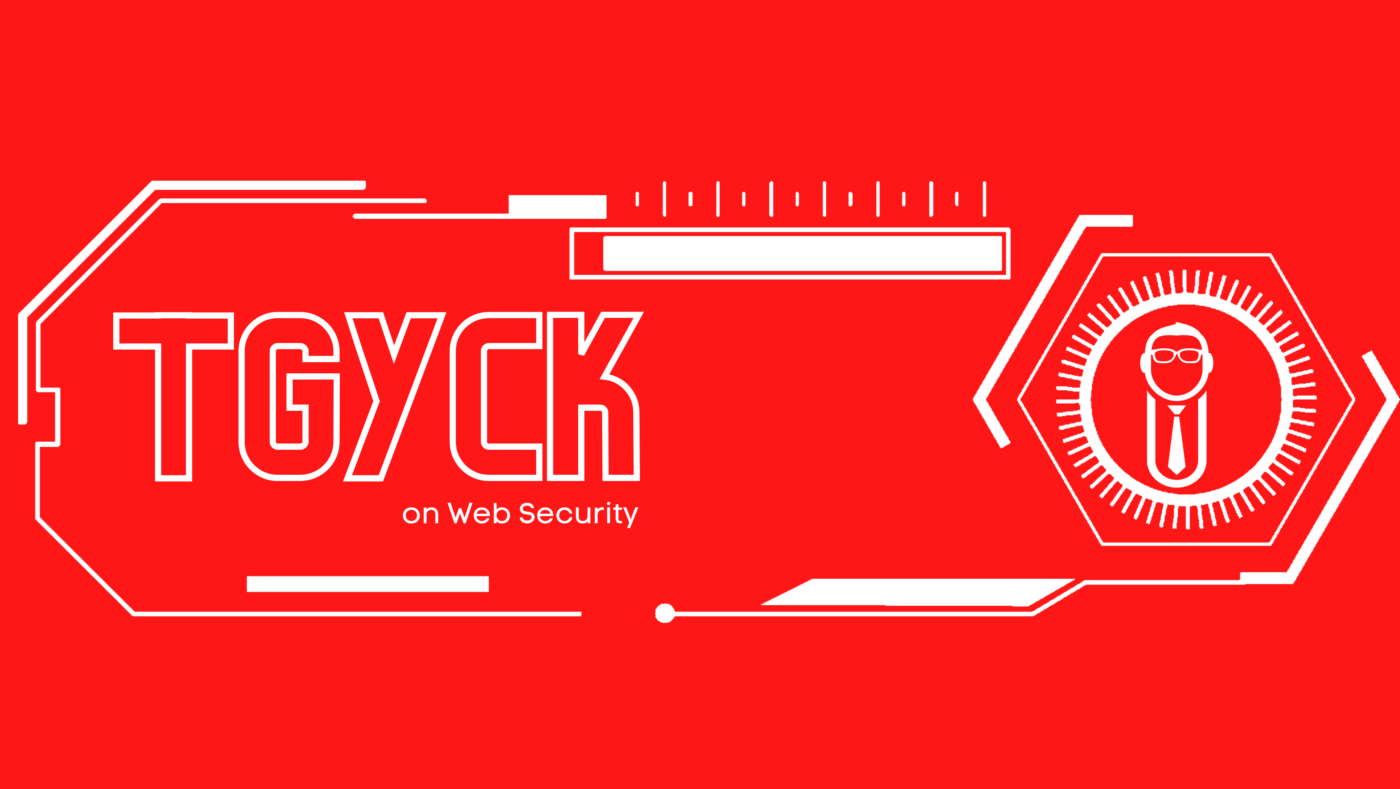
This blog post provides a comprehensive guide to setting up and optimizing a Web Application Firewall (WAF) to help protect your web application from cyberattacks. It covers the steps to choose the right WAF, installation and configuration, rule creation and optimization, and monitoring and maintenance.
Introduction: Choosing the Right Content Management System (CMS) for Your Business
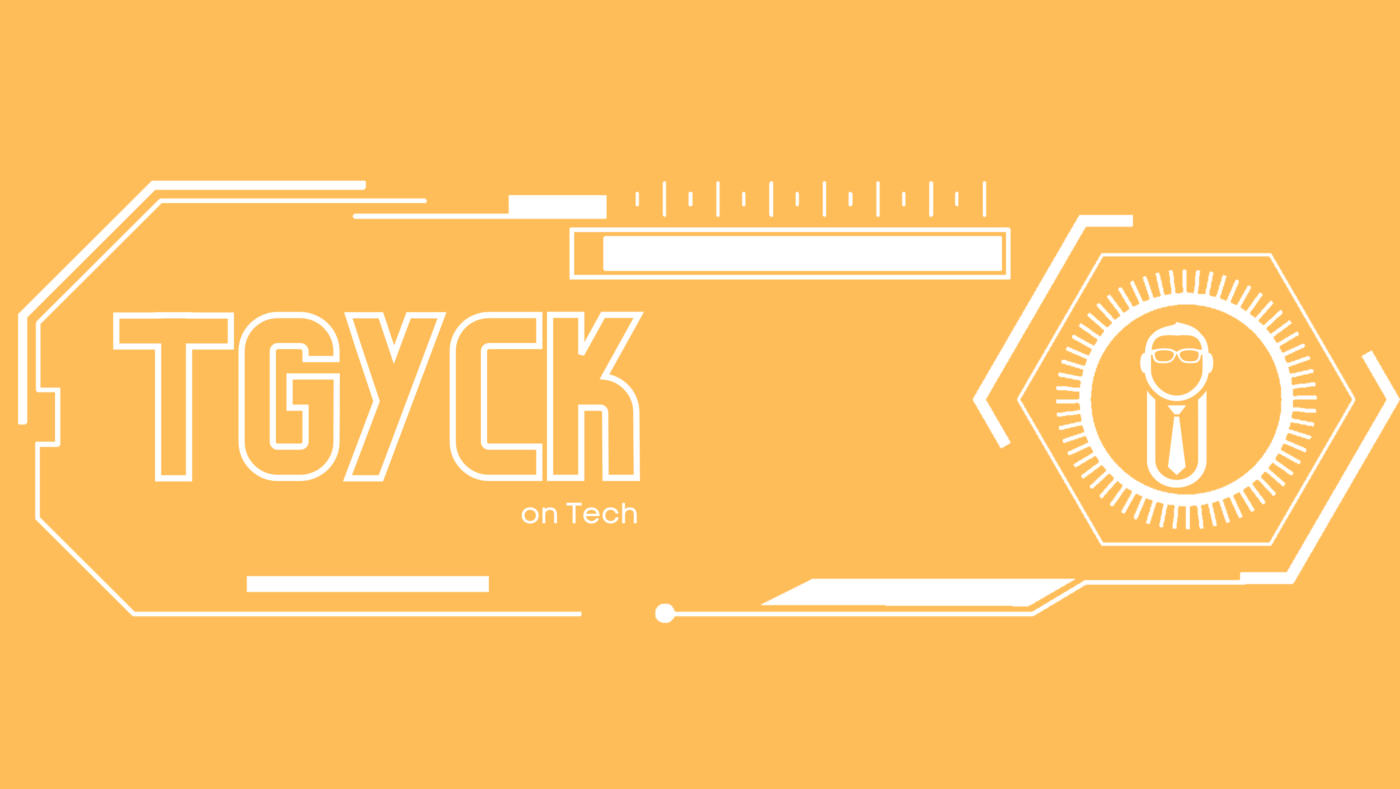
This blog post provides an overview of the pros and cons of open-source and proprietary content management systems (CMSs), helping readers make an informed decision about the best CMS for their business. It covers the advantages and disadvantages of each option, as well as the technical knowledge required to install and configure each type of CMS.
Introduction: Safeguarding Your Website Against Hacking Attempts
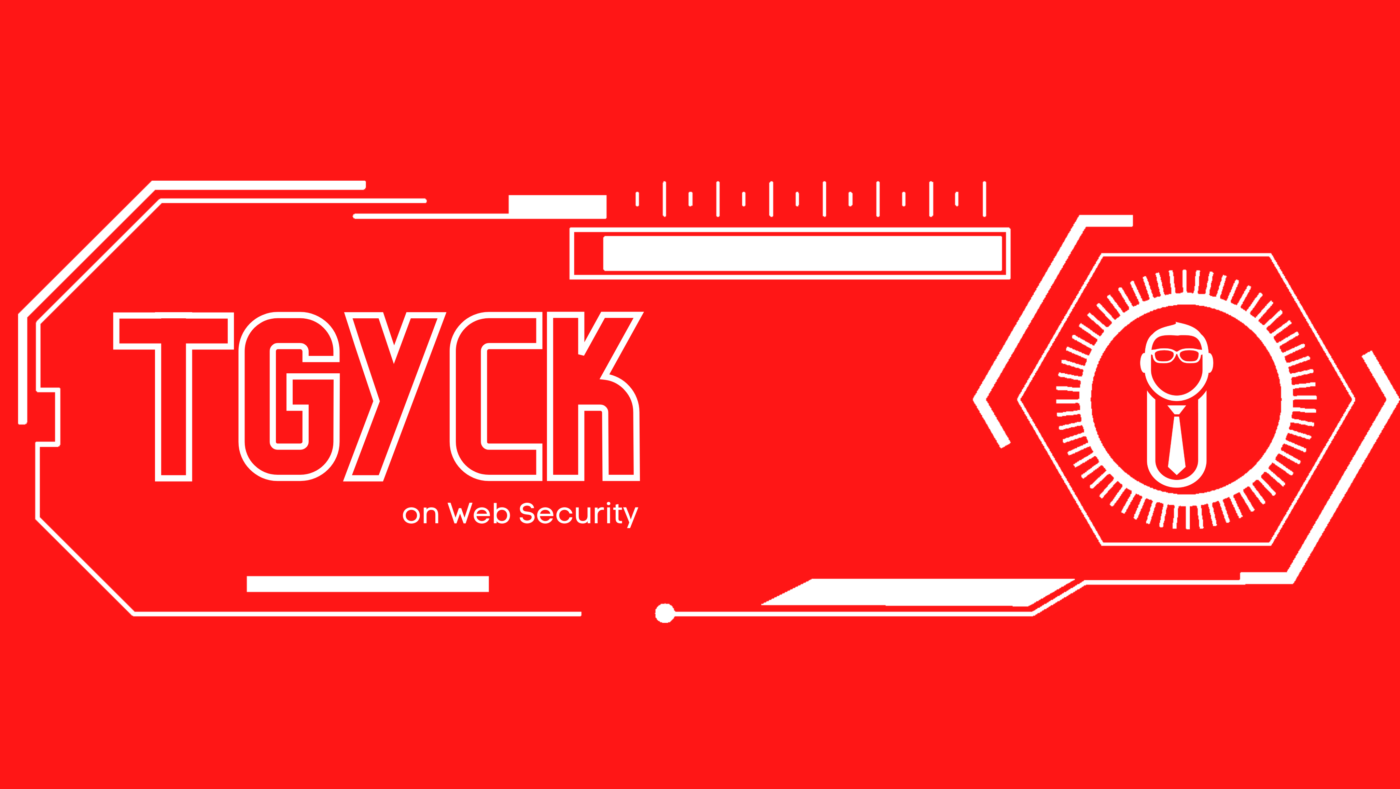
This blog post provides an overview of key strategies to protect your website against hacking attempts. It covers topics such as using secure passwords, regularly updating software, choosing a reliable hosting provider, using an SSL certificate, and implementing two-factor authentication. Readers will gain an understanding of the importance of website security and the steps they can take to protect their website from hacking attempts.